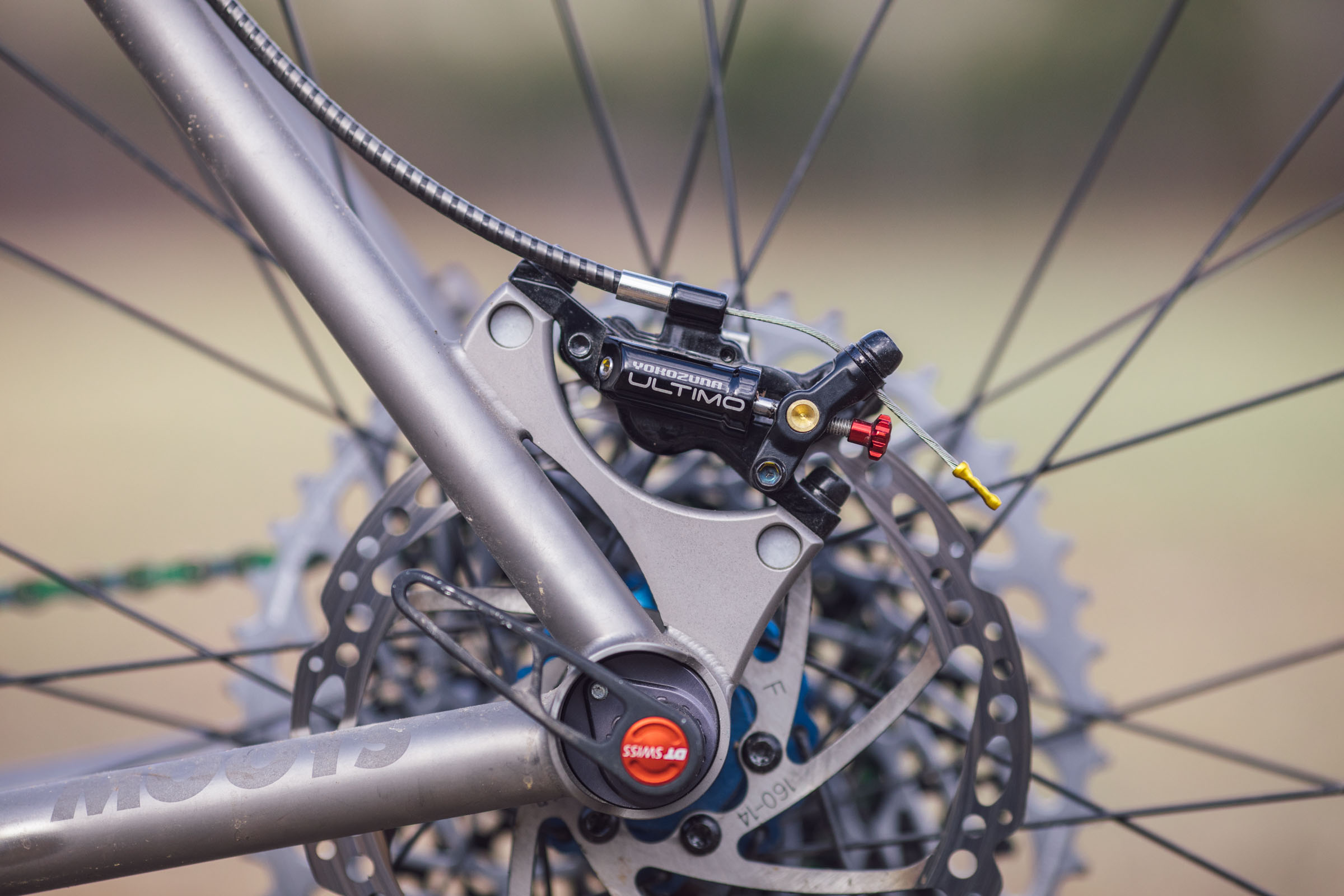Bicycle brake systems are among the most important components of any bike, directly affecting safety, control, and ride performance. Among the most popular and effective systems in modern cycling are disc brakes, particularly hydraulic disc brakes and mechanical (cable-actuated) disc brakes. This blog explores the critical differences, advantages, disadvantages, specifications, and real-world applications of both systems to help you make an informed choice. Whether you're a road cyclist, mountain biker, commuter, or beginner, understanding the intricacies of these systems is crucial.
1.Bicycle Disc Brakes Types
Disc brakes have largely replaced rim brakes on most new mountain bikes and are increasingly common on road bikes, gravel bikes, and hybrids. The two primary types of disc brakes are:
-
Hydraulic Disc Brakes – Use fluid to transfer force from the brake lever to the caliper.
-
Mechanical Disc Brakes – Use a standard steel cable to activate the caliper.
Each system has unique performance characteristics, which are essential to evaluate based on your riding needs.

2. How They Work
Hydraulic Disc Brakes
These brakes use a sealed fluid system (typically mineral oil or DOT fluid) to transmit braking force.
Components:
-
Brake lever
-
Hydraulic hose
-
Brake caliper
-
Pistons
-
Disc rotor
When the brake lever is squeezed, hydraulic fluid moves through the hose, pushing pistons in the caliper, which press the brake pads onto the rotor.
Mechanical Disc Brakes
These brakes operate using a standard stainless steel cable inside a housing.
Components:
-
Brake lever
-
Cable housing
-
Steel cable
-
Caliper
-
Pads and rotor
When the lever is squeezed, the cable pulls the caliper arm, forcing the pads against the rotor.

3. Key Difference
| Feature | Hydraulic Disc Brakes | Mechanical Disc Brakes |
|---|---|---|
| Braking Power | Higher and more consistent | Moderate to strong |
| Modulation | Excellent | Less precise |
| Maintenance | Requires bleeding | Easier, tool-based |
| Weather Performance | Superior in wet/mud | Decent, but less reliable |
| Weight | Generally lighter calipers | Slightly heavier systems |
| Cost | More expensive | Budget-friendly |
| Installation Complexity | Moderate to difficult | Easy |
Braking Force Chart: (based on Shimano technical data)
Braking Force (% of Max) vs. Lever Pull Force
Hydraulic: Smooth curve up to 100% power at ~60% pull
Mechanical: Linear curve up to 85% power at 100% pull
4. Performance Metrics and Data
According to Bicycle Rolling Resistance Lab and Park Tool Tech Reports, the average stopping distance for hydraulic disc brakes under wet conditions is 25-30% shorter than mechanical brakes.
Shimano Deore Hydraulic Brakes (BR-M6100):
-
Stopping distance (dry): ~3.2 meters from 25km/h
-
Modulation score: 9.5/10
Tektro MD-M300 Mechanical Brakes:
-
Stopping distance (dry): ~4.0 meters from 25km/h
-
Modulation score: 7.3/10
5. Pros and Cons Table
| Hydraulic Brakes | Mechanical Brakes | |
| Pros | Strong stopping power, better modulation, low hand fatigue | Easy to maintain, cost-effective, compatible with most levers |
| Cons | Harder to service, more expensive | Less power and modulation, susceptible to cable stretch |
6. When to Choose Which?
Choose Hydraulic Brakes If You:
-
Ride technical terrain (mountain biking, enduro, downhill)
-
Want superior modulation and stopping power
-
Ride frequently in rain or mud
-
Are okay with periodic bleeding and maintenance
Choose Mechanical Brakes If You:
-
Are a beginner or casual rider
-
Ride mostly on roads or light trails
-
Want to do your own maintenance easily
-
Have a tighter budget
7. Top Recommended Brakes in 2025
Best Hydraulic Disc Brakes
-
Shimano Deore BR-M6100
-
Great modulation
-
Lightweight calipers
-
Reliable in all weather
-
-
Tektro HD-E350 (purchase link)
-
Trail-ready & More efficient multi-stage buffer hydraulic brake system
-
Lightweight & consistent
-
-
Magura MT5
-
Powerful 4-piston setup
-
Excellent for aggressive riding
-
Best Mechanical Disc Brakes
-
-
Tektro MD-M300
-
Affordable and reliable
-
Easy pad adjustment
-
-
-
Avid BB7
-
Tool-free pad adjustment
-
Powerful for a mechanical system
-
-
TRP Spyre
-
Dual-piston actuation
-
Smooth operation, less cable stretch
-
8. Cost and Maintenance
| Brake Type | Average Cost (USD) | Annual Maintenance | Lifespan |
| Hydraulic | $150-$400+ | Bleeding every 6-12 months | 2-4 years |
| Mechanical | $30-$120 | Cable lubrication/replacement | 2-3 years |
Hydraulic systems require specialized tools and fluids, while mechanical systems mostly need basic hex tools and cables.
9. Summary
Choosing between hydraulic and mechanical disc brakes comes down to performance needs, riding style, and maintenance preferences. While hydraulic disc brakes offer unmatched power and feel, mechanical disc brakes remain a practical, serviceable option for many cyclists.
For daily commuters and recreational riders, mechanical disc brakes are often more than sufficient. For off-road enthusiasts or performance-focused cyclists, hydraulic brakes provide a clear edge.









